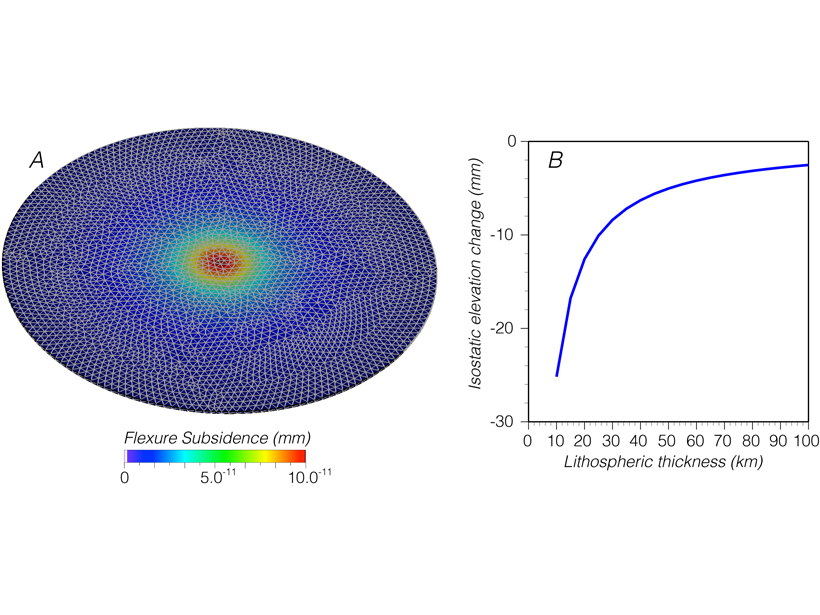Source: AGU Advances
Most everyone knows that humans impact their environment, but our thinking usually focuses on elements like the atmosphere or oceans. Parsons [2020] provides a fun and intriguing look at an earth-system linkage that gets little attention: the direct impacts of humans on the solid earth. Focusing on the Bay Area in California, he shows that the mass added by building cities can cause modest but appreciable subsidence, something that should be folded into assessment and planning for sea level rise. It will be intriguing to see this sort of analysis done for other tectonic settings, particularly low-lying conurbations where even small changes in relative sea level matter a great deal.
Citation: Parsons, T. [2020]. The Weight of Cities: Urbanization Effects on Earth’s Subsurface. AGU Advances, 1, e2020AV000277. https://doi.org/10.1029/2020AV000277
—Peter Zeitler, Editor, AGU Advances
Text © 2021. The authors. CC BY-NC-ND 3.0
Except where otherwise noted, images are subject to copyright. Any reuse without express permission from the copyright owner is prohibited.

